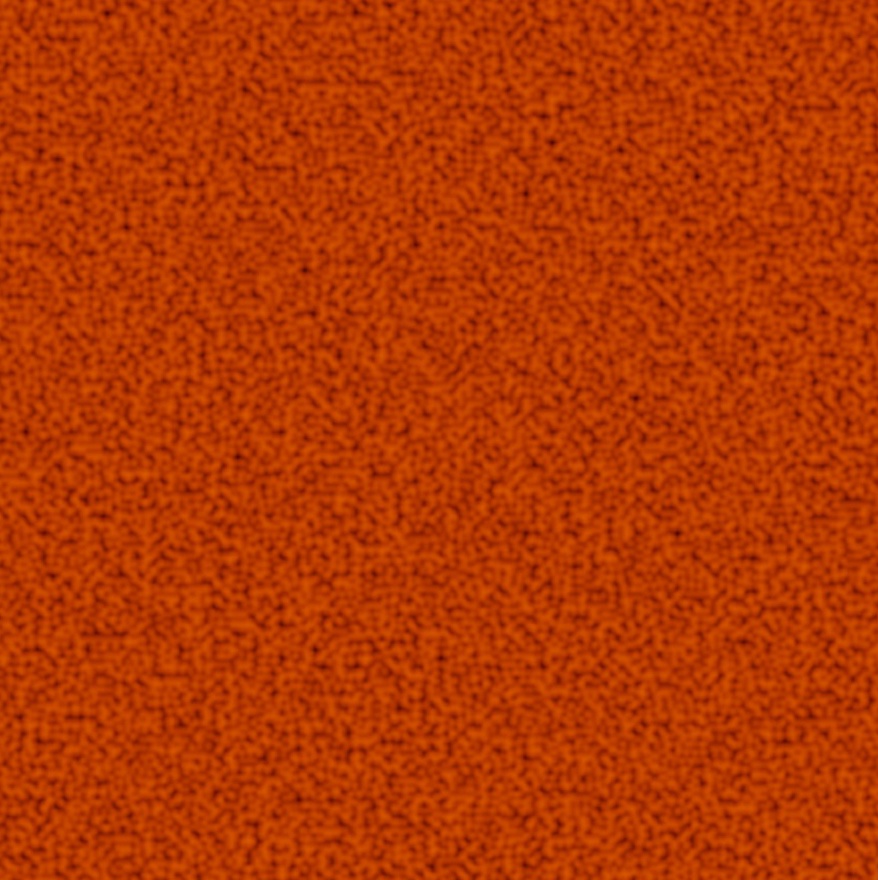Fractal Type – Allows the choice between fractals to be used by the procedural noise. The options for fractals are None (no fractal shall be used if this is selected), Fractal, Turbulence, fBm, fBm Turbulence, Hetero Terrain, Hybrid Multi Fractal, and Ridged Multi Fractal. When a choice other than None is chosen, channels allowing control of the specified fractal type appear. See the Noise Fractal example below for more information. Levels – Specifies the fractal levels. Levels Texture – An input slot for a texture that controls the fractal levels. Offset – Specifies the fractal offset when Fractal Type is set to Hetero Terrain, Hybrid Multi Fractal, or Ridged Multi Fractal. Offset Texture – An input slot for a texture that controls the fractal offset of the procedural noise. Gain – Specifies the fractal gain when Fractal Type is set to Hybrid Multi Fractal or Ridged Multi Fractal. Gain Texture – An input slot for a texture that controls the fractal gain of the procedural noise. Lacunarity – Specifies the fractal lacunarity. Lacunarity Texture – An input slot for a texture that controls the fractal lacunarity of the procedural noise. Exponent – Specifies the fractal exponent. Exponent Texture –An input slot for a texture that controls the exponent of the procedural noise. | 






































